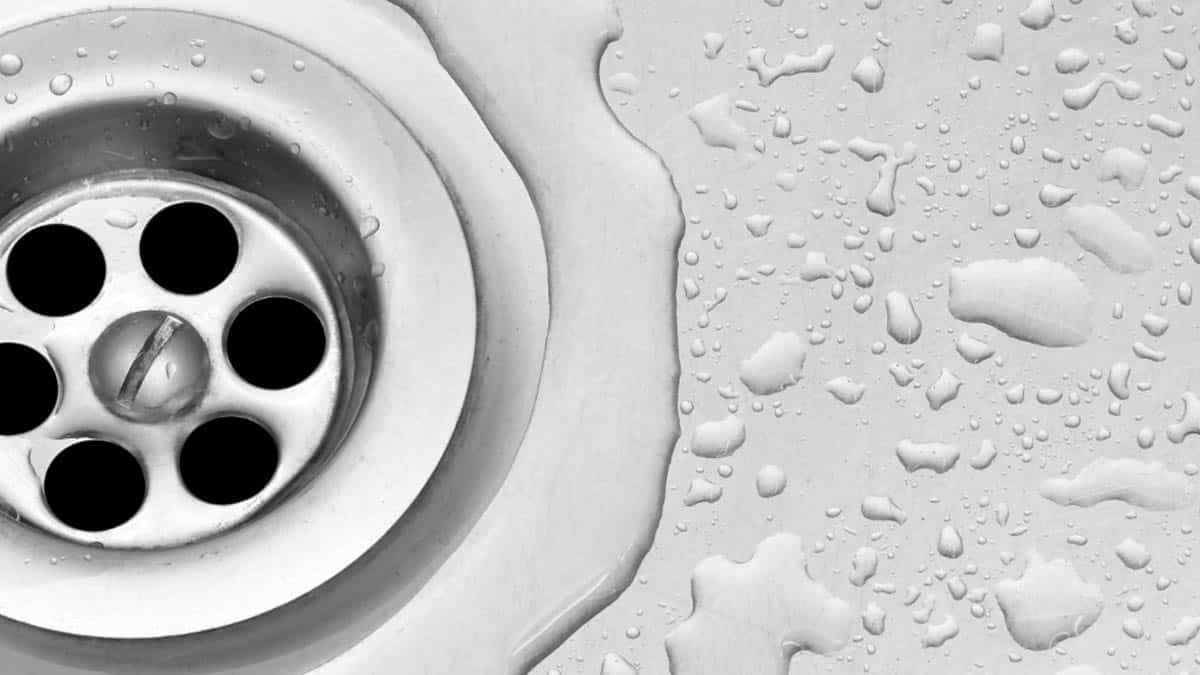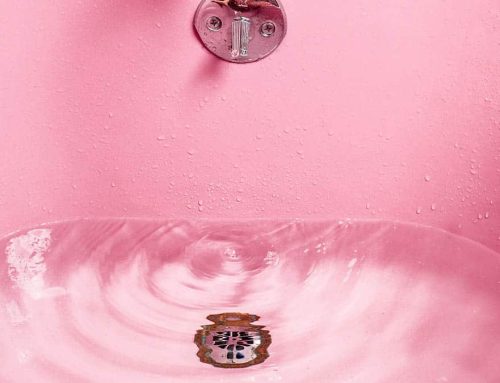Hay’s Home Guide: How to Fix a Clogged Sink

Clogged kitchen and bathroom sinks are not uncommon. While they’re inconvenient and oftentimes problematic, there are various DIY remedies to clogged sinks you can try before calling a plumber. If you’re reading this wondering how to fix a clogged sink, here are a few useful methods.
Use a Plunger
A plunger is a tool that can be used by practically anyone. It has a long handle with a flexible rubber bell- or cone-shaped end. By pushing on the handle and forcing the rubber end over the drain, you force water into the drain pipe to push whatever is clogging the drain into your plumbing system, where it’s flushed away.
Most people are familiar with plunging a toilet. But plungers can be effective for unclogging a kitchen sink, bathtub, or shower.
To use a plunger on a sink:
- Remove the drain stopper or cover.
- Add enough water to cover the plunger’s cap.
- Wet a washcloth and cover the overflow hole.
- Submerge the plunger cup in the water (at an angle).
- Push firmly on the plunger several times.
- Verify that the drain is clear.
- Run the hot water for several minutes
Baking Soda and Vinegar
Bathroom sinks are often configured differently so a plunger may not work in this case.But here is one tried and tested strategy. Mix a half a cup of baking soda and a half a cup of white vinegar. Then pour the mixture down the sink drain. After it sits for about a half an hour, pour down two quarts of boiling water. This can be repeated several times; the sink may gradually drain faster with each treatment.
Baking soda and vinegar work by creating a chemical reaction that breaks down the material clogging the sink drain. Once it breaks down, the pipe should be cleared. Some variations of this method include using baking soda and salt, salt and hot water, or vinegar, salt, and lemon. If you have metallic pipes, you may want to avoid baking soda because if its corrosive properties.
Hair Removal Tool
Depending on the tool available, it may lower straight into the drain, so you can pull the clog straight out. Some have small cranks and a spiked end that captures the hair clog, similar to a sink auger. To use a hair removal tool, remove the sink drain stopper and insert the tool into the drain. Push up and down several times when you feel resistance. If the tool has a handle, insert the spiked end and hold the center of the handle with one hand and use the other hand to turn the crank. Remove the tool slowly and discard whatever was clogging your sink.
Clean the Sink Trap
Sometimes a clog may be stuck in the P-trap. This requires a bit more work to resolve. Gather some rags that will help grip the pipe, a flashlight, and waterproof gloves. Then place a bucket under the sink below the P-trap. Remove the curved portion by turning the slip nut. Place the pipe in the bucket and allow water to pour out of the bend.
Next, unscrew the slip nut holding the trap arm and remove it. Hose off all the pieces outside. However, if the pipe components are extremely dirty or greasy, you may be better off replacing them. Once they’re clean or you have purchased new parts, reinstall them in the opposite order. Then run the water and check for any leaks under the sink.
Snake the Sink Drain
Remove the stopper, drain water by soaking it with towels or using a shop vacuum, or if necessary, snake the drain through any standing water. Insert the corkscrew end of the drain snake until it’s as far as it will go. Tighten the thumbscrew on the drum and turn the handle to rotate the snake. Then slowly retract the cable. The clog should be stuck to the end of it.
Liquid Drain Cleaner
After removing the stopper, pour the cleaner into the drain while following any instructions that came with the product. Depending on the cleaner, you may have to wait up to 24 hours. Then flush the drain with hot water.
Call a Plumber
If you need professional plumbing repair, Hays Heating, Cooling & Plumbing can quickly troubleshoot the problem and fix the underlying issue. Clogged drains are sometimes symptomatic of deeper plumbing problems. If you’re repeatedly dealing with a clogged drain or cannot unclog one on your own, call 602-704-5229 for help.


